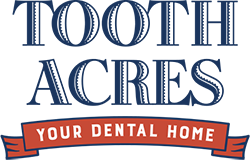FAQ
Q: How often should I have a dental exam and cleaning?
A: You should have your teeth checked and cleaned at least twice a year, though your dentist or dental hygienist may recommend more frequent visits.
Q: How can I tell if I have gingivitis or periodontitis (gum disease)?
A: Signs of gingivitis can include red, swollen gums that bleed easily while brushing. While gingivitis is a mild form of gum disease, it can progress to periodontitis which can cause bone loss and mobility of teeth.
Q: What can I do about stained or discolored teeth?
A: To treat stained or discolored teeth, the first step is to identify the cause. This can often be diet or habit related (caused by foods, beverages, or smoking/chewing tobacco). Removing stains can be as simple as a thorough prophylaxis (cleaning), or can be accomplished through bleaching (teeth whitening) or bonding and other cosmetic procedures.
Q: What should I do if I have bad breath?
A: Halitosis (bad breath) can be embarrassing and cause one to lose self-confidence. There are a few things you can do to keep your breath fresh. First, make sure you are brushing and flossing as recommended by your dentist. Some bacteria in the mouth can cause malodor, and removing these bacteria often will keep bad breath away. Some people also have deep grooves in their tongue that can harbor these same odor-causing bacteria. Tongue-scrapers are often effective at keeping the tongue clean. Mouth rinses are also an effective way to freshen breath. Lastly, try to avoid foods that sour your breath such as onion, garlic, and some spices.
Q: How often should I brush and floss?
A: You should brush your teeth at least twice a day and floss daily. Brushing your teeth as well as flossing daily can control plaque and bacteria that may lead to dental disease.

